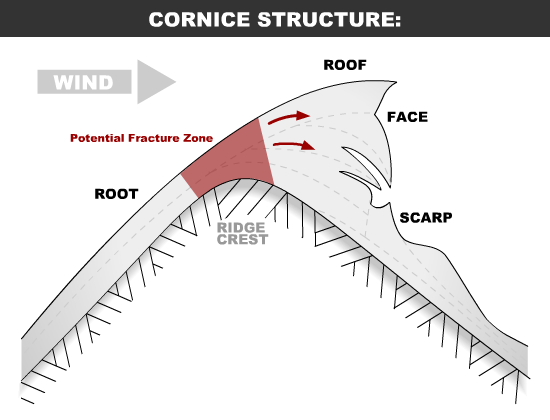Turnagain Pass
|
|
There is a MODERATE avalanche danger for slopes above 1,000′. Triggering a cornice fall or a wind slab avalanche will be possible in areas exposed to Saturday’s winds. Glide cracks are opening and could release at anytime, avoid travel under them.
JOHNSON PASS / LYNX DRAINAGE / SUMMIT LAKE: South of Turnagain Pass weak layers exists under 2-3′ of snow. Human triggered slab avalanches over 2′ thick are possible on slopes over 35 degrees. We are currently gathering information from these areas. Please consider submitting an observation if you head there – thank you!
LOST LAKE: This zone is out of the advisory area, but is also suspect for harboring weak layers 2-3′ below the snow surface due to recent reports. Triggering large slab avalanche should be on the radar here as well. Pay attention for signs of instability like collapsing and recent avalanches.





